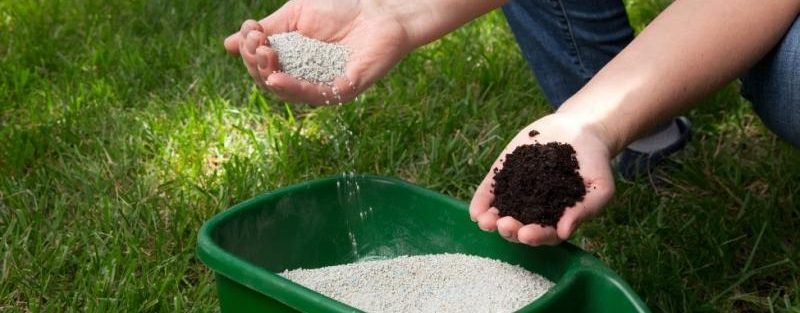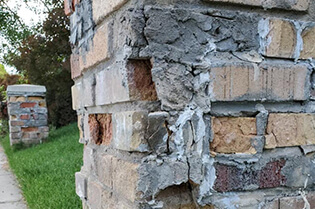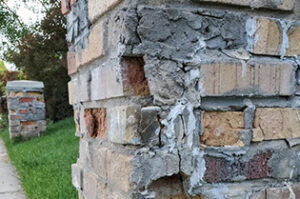Whether you’re a beginner or a seasoned pro, Lawn Fertilization CT is an important part of maintaining your lawn’s health. There are many different options for fertilization, ranging from organic to inorganic, and it’s important to know which one is best for your lawn.
Whether to use organic vs inorganic lawn fertilizers depends on the size of your yard, your budget, and your plants’ needs. Using organic fertilizers is an environmentally-friendly option that will improve the health of your yard and surrounding areas. However, they are often more expensive than chemical fertilizers.
Inorganic fertilizers are manufactured to contain a specific subset of plant nutrients. These nutrients are in plant-ready forms, so they are quickly and easily absorbed by plants. They are also less expensive than organic fertilizers. They have a longer shelf life and are easy to apply. However, they are also more susceptible to leaching. In addition, they may change the pH balance of the soil.
Organic fertilizers are made from natural ingredients such as plant or animal products. These ingredients are broken down by microbes in the soil to release nutrients. They also improve the structure of the soil. Organic fertilizers are easier to apply and they can last for several months. They are also less likely to burn your lawn. They are safe for children and pets to use. They can be used on all kinds of plants, including vegetables.
The “green movement” includes organic gardening and lawn care. Both fertilizers offer important nutrients for your plants, but organic fertilizers are better for the environment. Organic fertilizers are made from plant or animal products, so they are more environmentally friendly than chemical fertilizers.
Inorganic nitrogen is commonly made from petroleum. It is often mixed with sulfur and potassium. Usually, synthetic fertilizers contain only three macronutrients (nitrogen, phosphorus, and potassium). These ingredients are generally easy to measure and dilute in water, so they are more easily absorbed by plants. However, some synthetic fertilizers contain additional micronutrients.
Inorganic fertilizers are highly concentrated, so they are less likely to add to the soil in the long term. They also come in many forms, including food compost, potassium chloride, and ammonium sulfate. They are also easy to apply, so they can be used in a variety of ways.
Organic fertilizers are derived from natural sources and are safe for use on children and pets. They also improve the structure of the soil and allow the soil to hold water better. They are also safer to apply, as they don’t have a manure smell.
Using proper mowing practices for lawn fertilization helps your lawn stay healthy and green throughout the season. It also helps prevent certain harmful situations from developing. The following are some tips for proper lawn mowing:
Grass that is mowed too short can cause stress to the grass plant. The result is a thinner lawn that is more susceptible to disease and weed infestations. Also, mowing too close can reduce the health and vigor of the grass plant.
Grass that is mowed at an optimal height promotes deep root growth. This increases the availability of water and also makes the grass more resistant to heat and drought. It also helps the grass shade out weed seeds. This prevents weed infestations from spreading throughout your lawn.
Mulching tree leaves is a great way to recycle nutrients from deep tree roots. Mulching should only be done when leaves are dry. A mulch layer of two inches or less should be used. It helps minimize runoff and improves the quality of the soil.
Lawns should be mowed with a sharp blade. A dull blade can leave jagged edges. A sharp blade minimizes water loss and keeps the blades in top shape. It also minimizes the chances of scalping. A sharp blade also helps maintain a uniform color.
Lawns should be mowed at least once a week during the growing season. It may be necessary to mow more frequently during the hot summer months.
The mowing height should be three to four inches. A lawn that is mowed too short may cause stress to the grass plant and reduce its ability to survive the winter cold. It may also encourage weed seeds to germinate and grow more. It can also impede the grass plant’s ability to absorb nutrients.
Mowing is a time-consuming task, but it is important. It is more time-consuming than other lawn care practices. It is also more vulnerable to weeds and pest infestations. This can be a safety hazard as well as a source of disease.
Using proper mowing practices for lawn fertility is the best way to keep your lawn healthy and green. Proper mowing practices also help to control weeds, minimize disease, and provide a well-groomed look.



